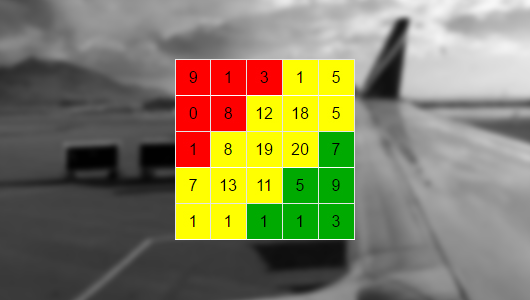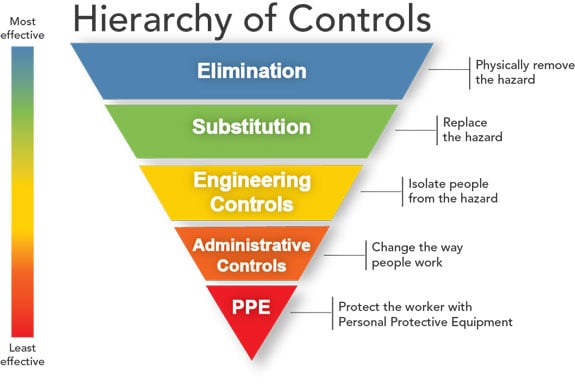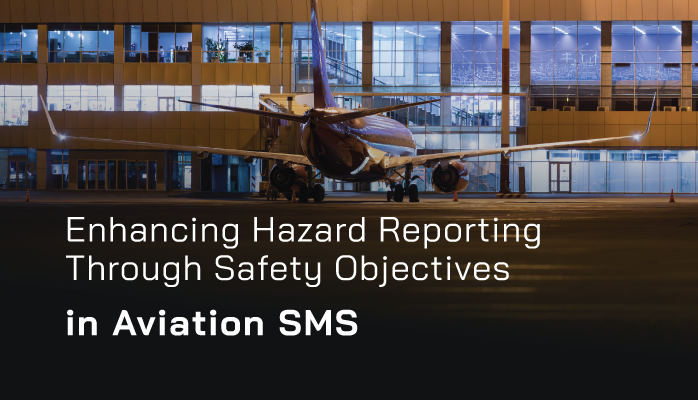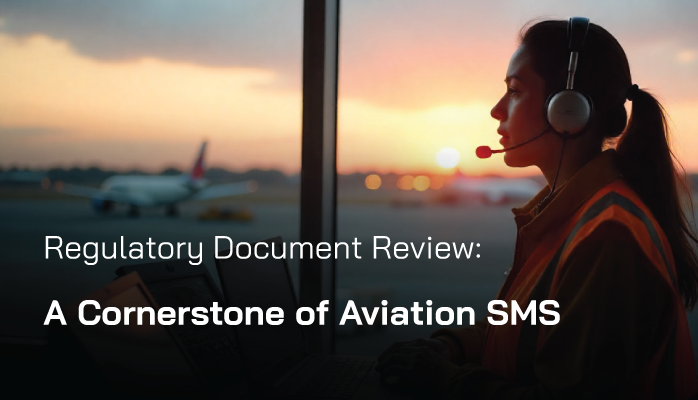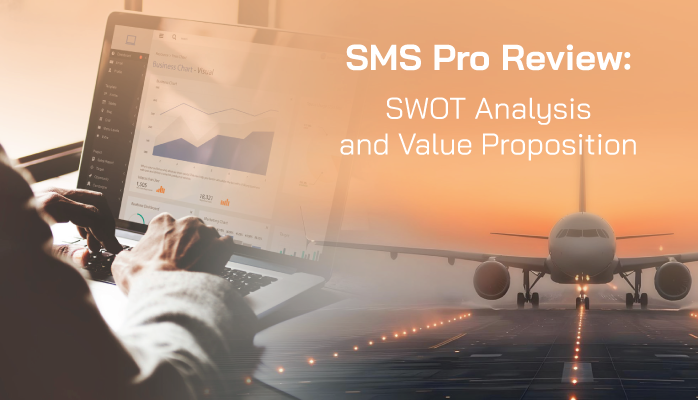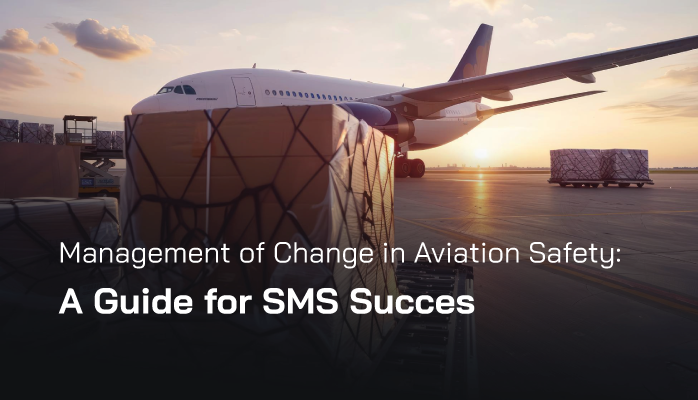Introduction: The Rise of UAS and SORA Compliance
The Unmanned Aircraft System (UAS) sector is soaring, with projections estimating a $63 billion contribution to the global economy by 2025, according to IATA.
From delivery drones to urban air mobility, UAS operations are reshaping aviation. However, advanced operations like Beyond Visual Line of Sight (BVLOS), Operations Over People (OOP), or fleet missions carry significant risks, necessitating rigorous safety frameworks.


